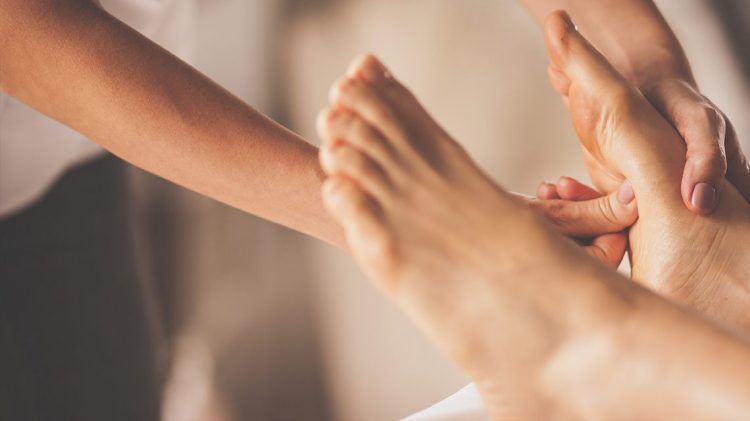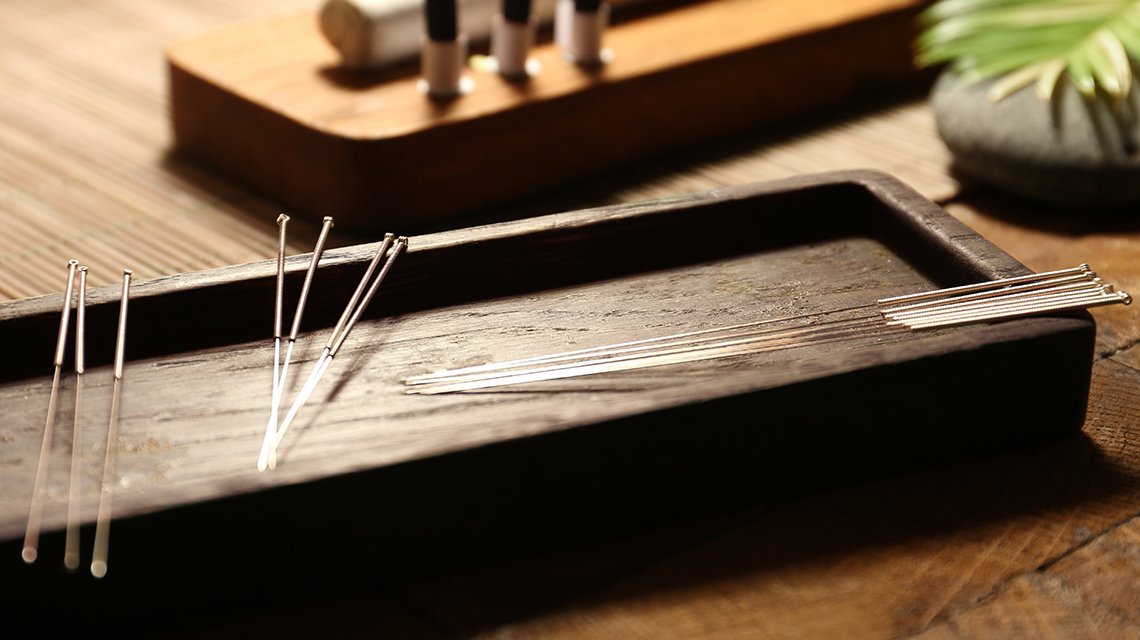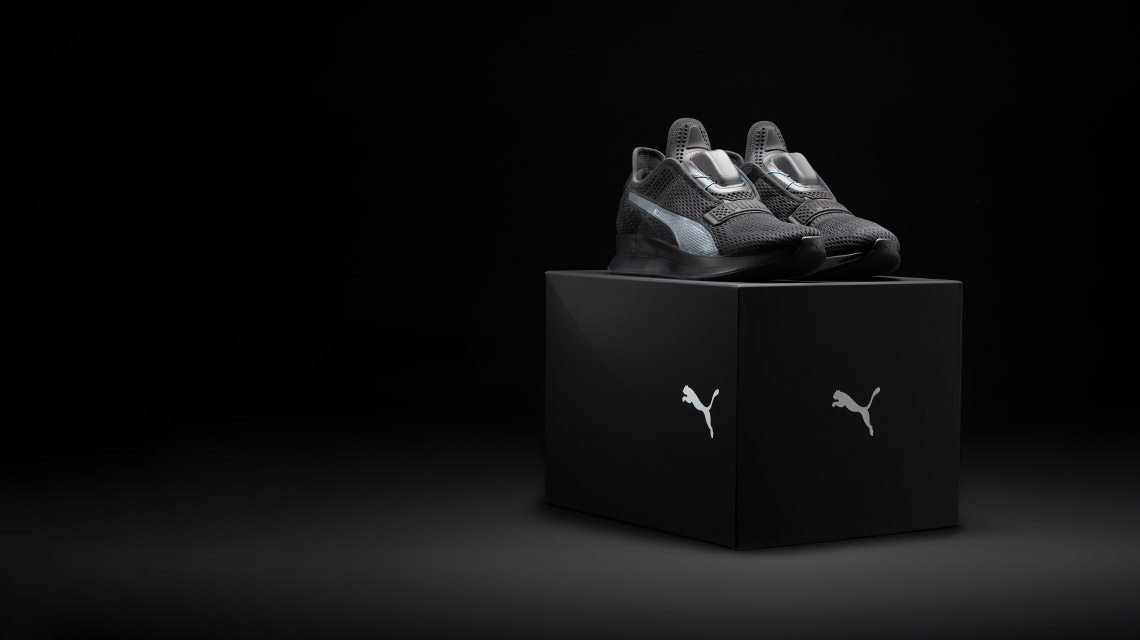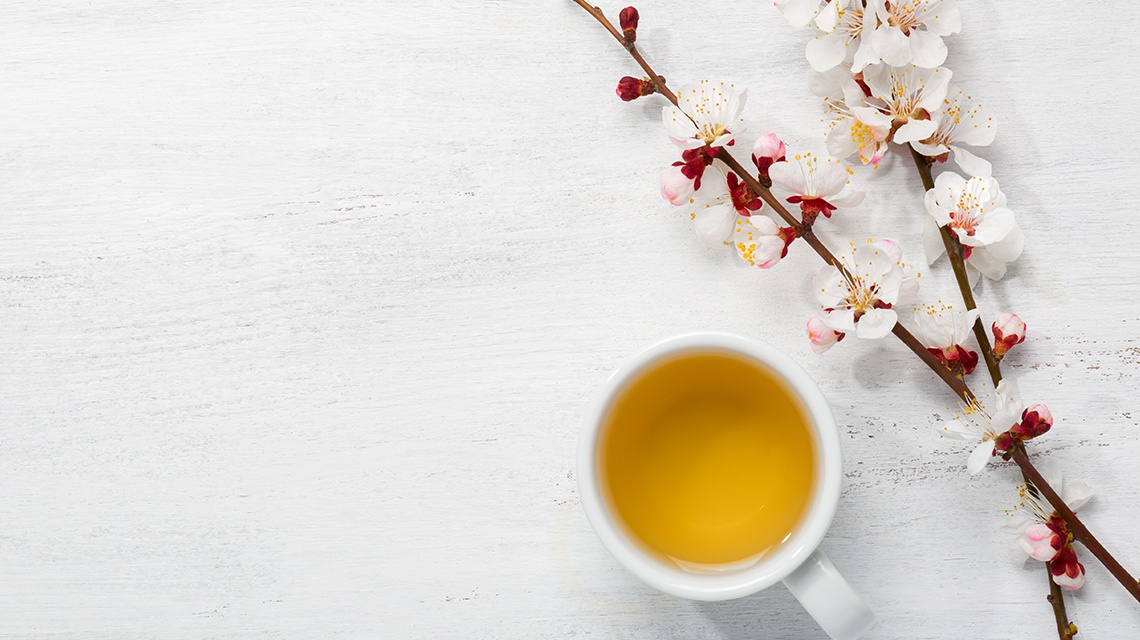
Stable Feet,
Stable Foundation
Foot Massages, Exercises and Reflexology
August 28, 2019Foot Massages, Exercises and Reflexology
August 28, 2019The foot is an evolutionary marvel, composed of 42 muscles, 26 bones, 33 joints and 50 ligaments and tendons, all intertwined and elegantly designed to help you go the distance.
Capable of handling hundreds of tons of force as they carry you around everyday. All the complex parts of your feet work in perfect harmony.
However, by constantly supporting your motions they are also under a lot of stress. Due to their position and function, your feet are exposed to a variety of potential infections and injuries. So, if your amazing feet start to hurt or show signs of problems it is important to listen up and give them the attention they deserve.
The health of your feet can affect your overall wellbeing, and issues with the feet can have many causes (and solutions). Here are some suggestions for how to maintain a steady foundation and optimal foot health.
Choosing the right footwear
What you place on your feet goes a long way towards keeping them in good shape. Ill-fitting shoes put your feet in unhealthy positions which can lead to injury. It can be a good idea to have a salesperson measure your feet (or know your own measurements if shopping online!) before purchasing a shoe. There should be some wiggle room at the front, the heels should fit snuggly — don’t rationalize foot pain by thinking a shoe needs to be broken in.
Wearing shoes that are too small or flat shoes without proper shock absorption can cause any number of painful problems. Consider how much support or stability you need, and know whether you have flat feet, pronation tendencies, heel pain etc. All of this can be moderated with a proper shoe that fits well and gives your feet the support and protection they deserve.
Massage
There are many different techniques for giving a foot massage, so use the method that feels best to you. Here are some basic guidelines you can follow:
- Start by soaking your feet in warm water with a scented oil that you enjoy.
- Lay or sit back on something and start to relax, making sure your legs and feet are well supported. Massage one foot at a time to give each the proper amount of attention.
- Warm up the muscles of the foot with some basic stretches, with one hand supporting the heel and one hand moving the foot via the ankle joint.
- Squeeze the foot with both hands, one on the inside and one on the outside. Start at the toes and work your way back up to the ankle. Then try twisting the foot in opposite directions, again starting from the toes and working up.
- Once warmed up, start with strokes: using the fingers of both hands on the top of the foot and the thumbs on the bottom. Find the groves between bones and tendons and gently apply strokes in these areas as well.
- Give your toes some love: find the areas at the base of each toe and make circular motions at these areas individually. Follow by gently pulling on the toe.
Finish with the bottom of the feet, using the thumbs in circular motions, and then the knuckles to knead all along the base, especially where you feel built up stiffness or knots.
Reflexology
If you want to take your foot massage to another level, you can look into reflexology. Reflexology is a bodywork practice where you gently apply pressure to specific reflex points and meridians on the foot to initiate a healing response in corresponding organs.
While it is a more alternative method, those who swear by it say that it has a long list of benefits including toxin release, boosting the immune system and increasing circulation. In theory, the foot is connected to all major organs, muscles etc. in the body—all the more reason to take care of your feet!
Exercises
Keeping your feet strong and supple will go a long way in reducing foot and ankle pain, and just generally improve overall foot health. Regularly exercising and stretching the feet and ankles will help keep you active for as long as possible. Most foot exercises can be done at home (or on the go) and require no complicated equipment.
Focusing on exercises that enhance range of motion help to limber up stabilizing muscles and reduce the chance of injury. Slow stretches will be good for flexibility and strengthening exercises will provide much needed support.
Bottom Line
Your feet get you from A to B and back again. While foot health may not be the most glamorous topic, it is important to every now and then give some attention to your hard-working extremities.





